Lawn Equipment Maintenance: What you need to know for winter storage.
Labor Day has come and gone and the weather will turn steadily colder. Our lawns and garden will need progressively less tending as the plants steel...
4 min read
Erik Bjornstad : Dec 5 2014
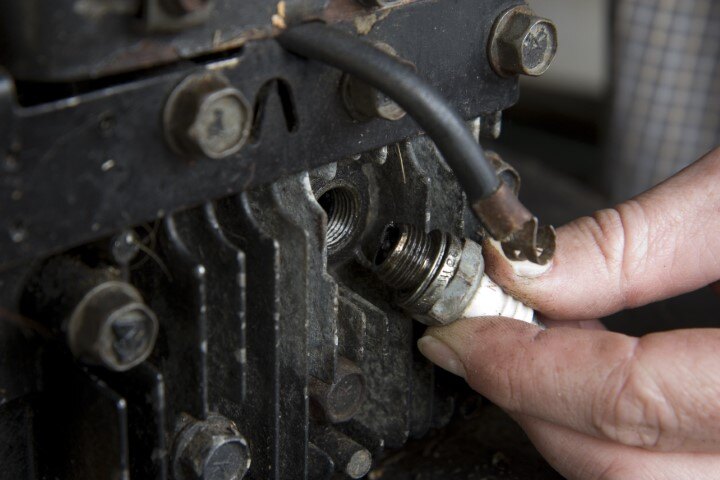
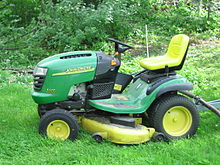 Cold temperatures are here and much of the country has been buried under winter's frigid spell. Unless you live in Florida, this means you're not going to need your lawn tractor for the next few months. Anytime you don't think you'll be using lawn equipment for more than 60 days, you should put it through a winterizing protocol like the one we're going to talk about here. Your equipment will last longer, and you'll get more and better service from that $2000 lawn tractor you wisely invested in.
Cold temperatures are here and much of the country has been buried under winter's frigid spell. Unless you live in Florida, this means you're not going to need your lawn tractor for the next few months. Anytime you don't think you'll be using lawn equipment for more than 60 days, you should put it through a winterizing protocol like the one we're going to talk about here. Your equipment will last longer, and you'll get more and better service from that $2000 lawn tractor you wisely invested in.
Winterizing a lawn mower or lawn tractor should not be a scary proposition. It's not like winterizing a boat or an RV, where you might have to follow 15-20 different steps in order to do it right. So there's no excuse not to do it.
Winterizing your lawn tractor is a much simpler proposition and doesn't take that long. The basic steps for winterizing lawn tractors fall into four categories: cleaning, inspection, oil changing and engine care.
Now, reading a series of steps like this can make it seem like everything runs together. You want to know – what am I going to need when it’s all said and done? For these steps below, you’re going to want to have on hand the following supplies:
Let’s look at what’s recommended to go into providing the proper care in all of the important areas for the lawn tractor.
You’re going to have plenty of dirt and grass stuck up in all sorts of places as you’ve been using the tractor the previous months. Clean out the grass, dirt and debris from under the mowing deck. You can also use a pressure washer, though do be careful about using it around bearings and lubed places. You don’t want to force any dirt into places it doesn’t belong, and you’ll want to make sure if you wash any lubricant away, that you replace it.
Now you’ll want to inspect the important parts to make sure nothing is damaged. If you find any, you’ll need to replace them. The main places to look at are the deck, the deck hanger, belts and blades. Replace any belts showing signs of wear, so you won’t have to do it next season. Sharpen the blades at a 30 degree angle.
Also, if you were able to remove the deck while doing this, now is the time to lube things up.
Clean lubrication is as important for your lawn tractor as it is for your car. Change the oil and oil filter. Check the air filter while you’re at it, and clean or replace that if it’s not clean and free of debris.
One tip while changing the oil is that you can start up the engine and let it run for a little bit. This will stir up any dirt that has settled in the oil pan, helping to remove more dirt during the oil change. Keep in mind, too, that you don't want to overfill the oil reservior. Too much oil can be just as bad as not enough oil.
The engine is the power plant of the entire machine, so you want to take good care of it. Engine care for a lawn tractor is not complicated but does involve some essential steps, including making sure the fuel itself is taken care of. Remember that any time you are working with fuel, you’ll want to have adequate ventilation.
Fuel Filter and Fuel Line – clamp the fuel line or engage the fuel shut-off valve. You’ll want to have a container to catch all fuel that leaks from the lines after you disengage them. Hook in the new fuel filter and use a fresh piece of hose for the part between the filter and the carburetor. You’ll need to do this because removing the fuel filter will often tear pieces of the hose from the inside, and you don’t want those moving up into the carburetor.
Fuel Stabilizer – you can do a couple of things here: run the engine out of gas before storage, or leave the fuel in the machine but treat the fuel with a stabilizer. This step is especially important if you’re using ethanol gas, which eats away at rubber and plastic parts as it sits, plus it attracts water from the air. Even if you want to run all the gas out of the system, you should treat it with stabilizer anyway, then drain as much of the fuel out as possible, then run the engine until it shut downs. That will ensure that the fuel treatment gets to all the places it needs to.
It's important to make sure that you do not just leave untreated gas sitting in the carburetor over the dormant winter period. Otherwise you're going to end up having to pay a service company a couple hundred bucks to clean the system out in the spring when the unit won't start.
Spark Plug – drive the tractor to wherever you’re going to be storing it for the winter. Remove the spark plug and put a little bit (maybe a teaspoon) of engine oil into the spark plug hole. Replace with a new spark plug. Crank the engine a few times to spread the oil inside the cylinders. For those who are more mechanically talented, turn the engine over until you feel the compression stroke. This is useful because it will close the valves and keep moisture out during storage. If you just said “what’s a compression stroke?”, don’t worry about this last part.
Battery Care – you don’t want to leave the battery connected for long periods of time. Disconnect it and put it in a warm place for storage. Clean off the battery terminals. Also, if you have a battery charger, charge the battery up before you put it in storage. Failing to do any of this can cause your battery to fail a whole lot sooner because it won't hold a full charge. Remember, lawn mowers are different from cars in that a lawn mower engine doesn't have the ability to full recharge the battery while it is mowing.
Following all of these steps will protect your four-figure investment in your lawn tractor and keep it ready for prime time action when the weather warms up.
Other posts you might might find helpful:
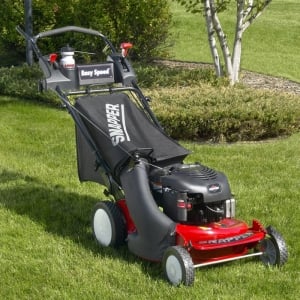
Labor Day has come and gone and the weather will turn steadily colder. Our lawns and garden will need progressively less tending as the plants steel...
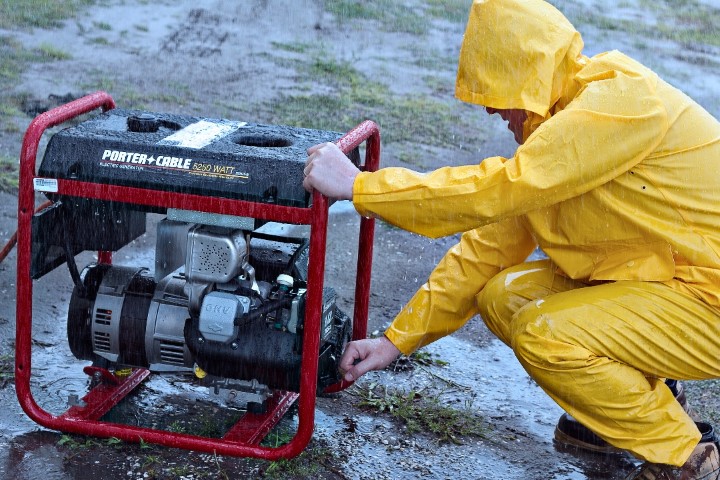
Generator gas tends to be out-of-sight-out-of-mind. We don’t care about it until there’s a real possibility that we’ll have to fire the generator up,...
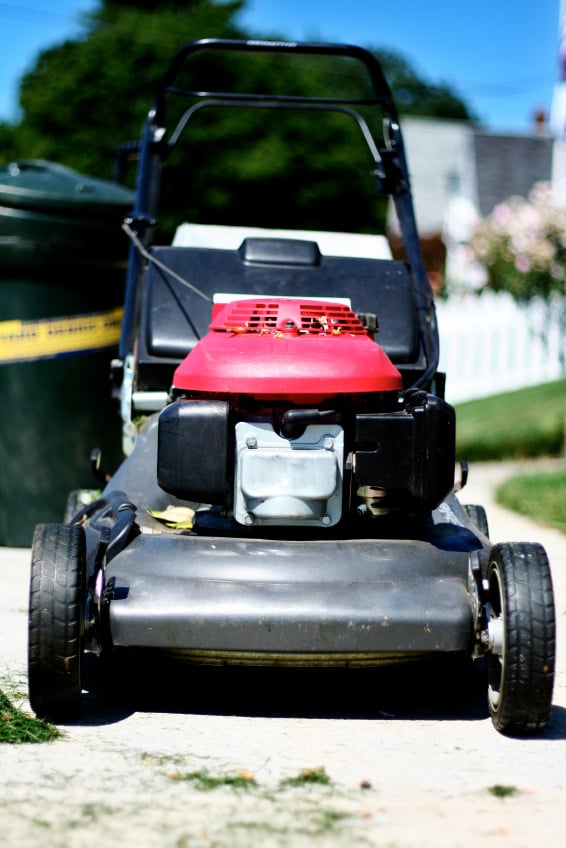
Would you be surprised if you were told that the average American knows less about lawn care than their parents did? A 2016 survey by the National...